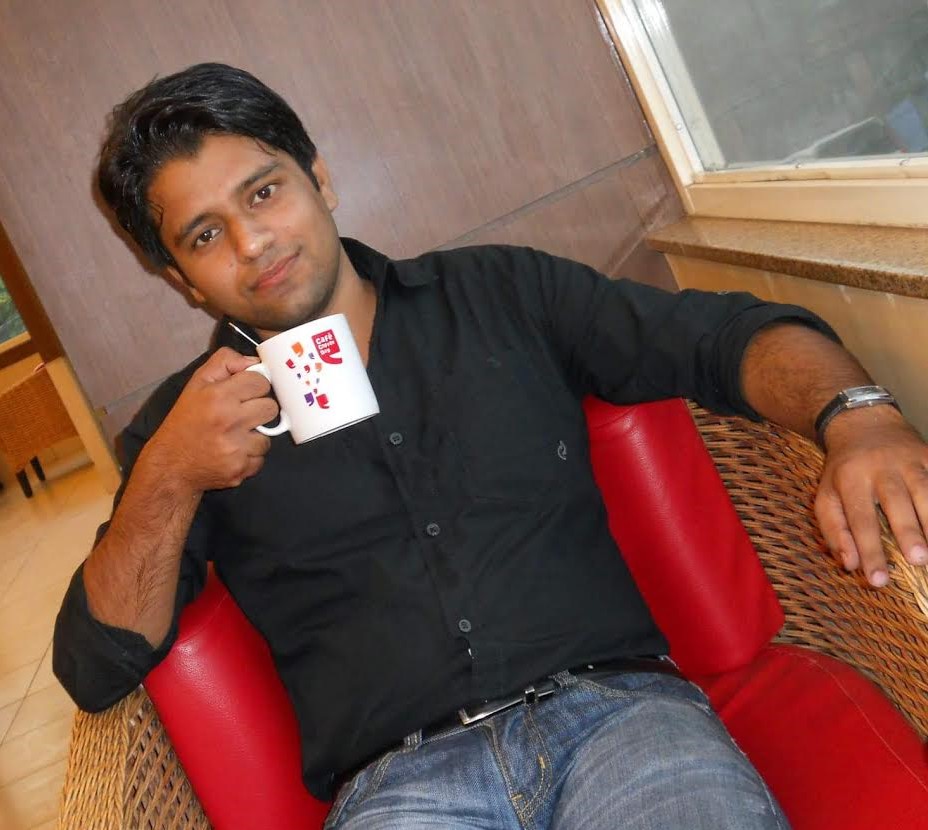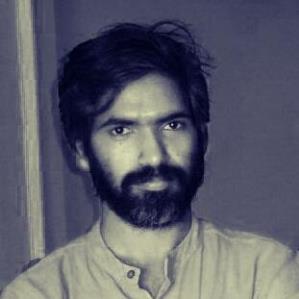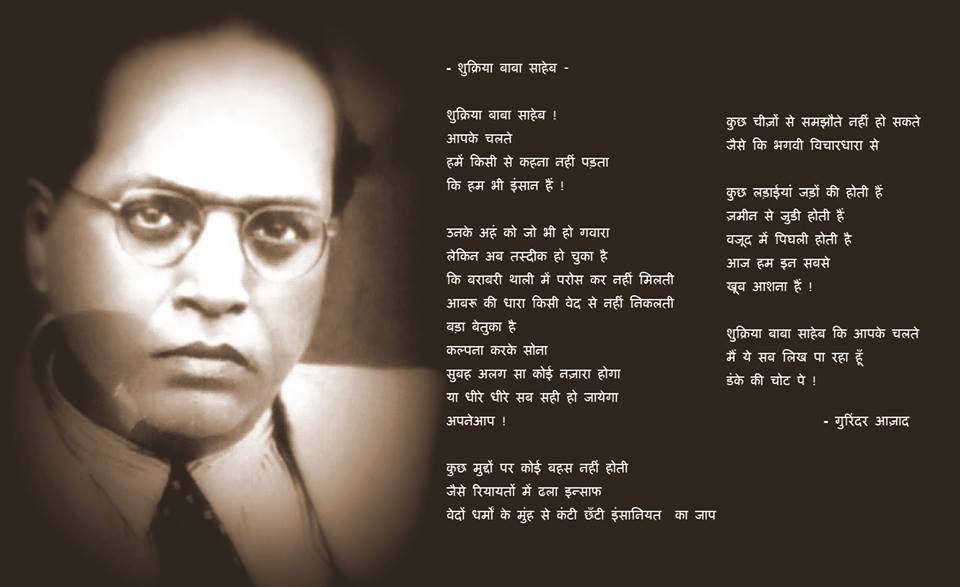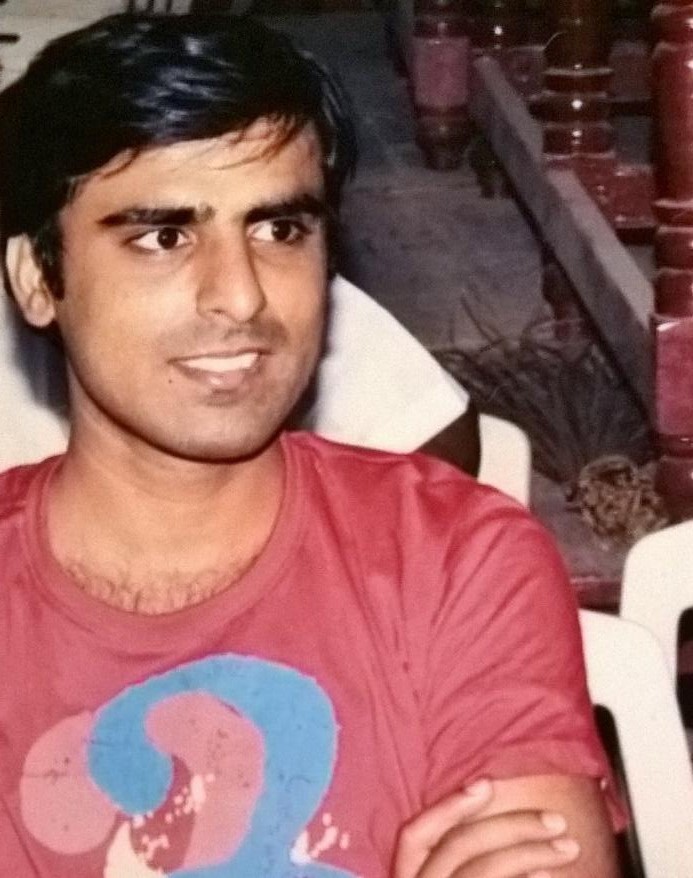Saquib Salim
 “In 1962-63, when I got the opportunity to read Ambedkar’s book, Annihilation of Caste, then I also felt that it is perhaps possible to eradicate casteism from the society. But, later on when I studied caste system and its behaviour in depth gradually there was a modification in my thoughts. I have not only gained knowledge about caste from the books but from my personal life too………………….. So if the people have so much affection for their caste then how can we think of annihilating it? That is why I have stopped thinking about the annihilation of caste.”
“In 1962-63, when I got the opportunity to read Ambedkar’s book, Annihilation of Caste, then I also felt that it is perhaps possible to eradicate casteism from the society. But, later on when I studied caste system and its behaviour in depth gradually there was a modification in my thoughts. I have not only gained knowledge about caste from the books but from my personal life too………………….. So if the people have so much affection for their caste then how can we think of annihilating it? That is why I have stopped thinking about the annihilation of caste.”
~ Kanshi Ram
This excerpt from one of the speeches of Kanshi Ram, the founder of BSP, clearly shows a new type of understanding in Dalit politics which emerged after Ambedkar, who along with Periyar, Phule and others believed in the annihilation of this social system based upon caste. BSP, which was floated as a political outfit by Kanshi Ram in 1984, has had a huge impact on the way Dalits were perceived in the socio- political circles of Uttar Pradesh (U.P) in particular and north India in general. Political scientists during the last two decades have argued that political mobilisation led by Kanshi Ram in the form of BAMCEF (Backward And Minority Communities Employees Federation), DS-4 and BSP can not be considered as a Dalit movement. However, here I would like to differ.
Right from the outset, in his quest to bring changes to the condition of untouchables, Ambedkar always made it a point, that there can be no emancipation of untouchables through the benevolence of people sitting in the higher echelons of the socio-political hierarchy. Dalits can shed age-old shackles that hinder their progress only through the means of political power. Only if they will have any say in the law making process and other political activities, can the conditions for them change for good. In order to achieve this goal he floated different political parties at different times, but did not gain much electoral success in that process.
The BSP is only trying to achieve his goal of social and political unification of Dalits in order to liberate them from centuries of oppression. Looking from this perspective it looks like a movement not much different from that of Ambedkar and later Dalit leaders. Then how is it different, if it is and to what extent?
Kanshi Ram who was a scientific assistant with DRDO (Defence Research Development Organization) quit the job and formed BAMCEF in the year 1973 to organize the employees from BC, SC/ST & minorities against the Brahminical hegemony. It came with a clear message to give back to community. Employees were asked to give some money as membership fees and also their time towards welfare work of the marginalized lower caste people whom they called as ‘Mulnivasi‘. It was the first step towards making a politically aware public among these sections with those who are in a somewhat better condition economically and educationally. While images, writings and thoughts of Ambedkar were brought to the fore front of this movement there were some disagreements with him that Kanshi Ram had. In his view caste is a double-edged sword which can injure from both sides. If used strategically, caste which was used to suppress these backward sections, can itself be used for organizing against the caste system. He tried to raise the caste consciousness among these sections through the use of symbols like historical persons, one of whom is Ambedkar himself. Taking the lead from the social unity through the use of organizing excluded castes he formed a political party DS-4 and later in 1984 the BSP (Bahujan Samaj Party). So we can clearly see a marked shift in ideology from Ambedkar, Phule, Periyar, Lohia etc. All of whom were up against caste in any form. So why did this movement pay more electoral dividends than the previous Dalit political movements?
The rise of BSP in U.P like any other political or historical event cannot be seen in isolation from the happenings around that time which created an atmosphere leading to its rise. There were some favourable conditions under which it flourished. Foremost of them is the rise of Dalit emancipation movements in the western part of India since the 19th century. Even if it was negligible as compared to the upper castes, lower caste people were getting some education, jobs etc., and with this, their aspiration for upward mobility was also getting stronger. A democratic form of governance also makes it inevitable for any group that wants to rule not to overlook this large portion of the population- numbers now mattered unlike the previous times. While people from lower castes started getting jobs, they were still being discriminated upon in the work places. Also representation according to reservation was not happening as people were denied jobs in the name of merit cut-off etc. Under such a situation during the 1970s and 1980s we see a large mobilisation of Chamar community in North India, during which they resisted carrying out their traditional caste jobs. People who resisted within the community were even fined by the community. In reaction we see a whole lot of violence perpetrated against them not only from the higher caste like Thakurs but also from other lower castes like valmiki, dhobi etc. Around the same time in 1970s Kanshi Ram organised the government employees under the banner of BAMCEF. He talked of paying back to their community. Within a year of its formation it had five hundred PhDs, three thousand MBBS, fifteen thousand scientists as members. Most of them were from the untouchable castes and belonged to U.P. This was, as Chandra Kanchan elaborates through the example of one Rattan Ram, the base through which BSP as a political outfit took shape. These members of BAMCEF later worked at grassroots level to form the base that any political party needs in order to make any impact.
Also, very important was the role played by the literature that was being distributed among the lower castes right from the 1960s in the form of small booklets, which were of minimal cost and informed people about the heroes their castes had produced in the past. This tactic of identifying caste in historical terms and locating it in respectable terms is an instrument BSP used to gain legitimacy. Renaming of cities, institutions and installation of statues of personalities towards whom lower castes could look up as symbols was part of the same scheme.
Ram Mandir movement and anti-Mandal agitations also helped in bringing those castes together who were worried about the interests of both these groups. On the one hand hindutva forces tried to arrest the caste cleavages in the Hindu society, while on the other lower castes were getting conscious of their interest in a society where they will have to again be at the benevolence of the upper caste for their interests. Anti-Mandal agitations also pitched the electorate against each other in caste terms and helped in raising consciousness among the lower castes for their caste identity. It was in such times that this party BSP, formed in 1984, came into prominence in 1989. Its first major electoral win came in 1993 when it fought U.P assembly elections in coalition with Mulayam Singh Yadav’s Samajwadi Party (SP); Bhartiya Janta Party (BJP) termed this election as referendum on the Babri Masjid demolition.
In such a communally polarised atmosphere BSP successfully united the Dalit vote in U.P and the coalition served a defeat to BJP. It was an indication that Kanshi Ram had succeeded in uniting Dalits in general and Chamars in particular as a political identity different from the Hindu interest groups. Kanshi Ram termed the political power as ‘GURU KILLI’ or master key to all the social and economic emancipation. He asked Dalits to unite not only to win elections but also to show others that they are a politically united vote bank without the support of which gaining power is difficult, if not improbable. In 1995, when Mayawati as the first Dalit woman took oath of Chief Minister in U.P. the then P.M P.V Narsimha Rao termed it as ‘miracle of democracy’. Since then BSP uses coalition politics of excluded castes to gain power in U.P and emerged as the third largest political party in India by 2007, a status which it lost after the recent Maharashtra and Haryana elections.
Looking into the reasons of the rise of BSP, what is more important for us to consider is that did it really cause any change? For it is not the first time that a Dalit gained political power, Babu Jagjivan Ram is another prominent example. Then how is it different and how has it changed anything? Any comparison of Mayawati with previous Dalit politicians who have served in important positions of power ends with this commonality that they were also dalits. But others like Jagjivan Ram came to power through the non-dalit parties and were answerable to upper caste party structure and electorate. They never fought elections as Dalit leaders but as the leaders of all but who happened to be Dalit. But winning a democratic election with slogans like, “Tilak, taraju aur talwar; Inko maaro jute chaar” (Priest, merchants, warrior caste, beat them with shoes) was something really new in India and that too to capture power. It brings to us a watershed moment in Dalit politics in India where Dalits can come to power not as subordinate or as dependents but rather through their unity they could make others dependent on them. On the ground, if we just go through the rural and sub-urban areas of U.P it won’t be difficult to assess how the rise of BSP added to the self-respect of Dalits in general and Chamars in particular.
The ascendance of BSP to power translated into the stringent implementation of SC/ST Prevention of Atrocities act. Complainants who were previously turned away from the police station and were afraid of filing FIR were now confident of themselves. Also it meant that Dalit IAS, IPS and other civil servants got more important positions in the decision making process. BSP government also initiated land reforms in favour of Dalits. In 1997 alone, 81,500 Dalits were given more than 52,000 acres of land, through land reforms during BSP tenure. Ambedkar village scheme, which was to enhance infrastructure in predominantly Dalit villages and Dalit localities also brought a sea change in the conditions of rural Dalits in U.P.
Most importantly, BSP stressed not only on Dalits but also on Dalit women. In their symbolising scheme they gave a lot of space to women like Ahilyabai, Jhalkaribai, Ramabai etc., through installing their statues and naming parks after them. Also, BSP brought this new reservation policy in U.P which entitled women a 20% reservation in all educational institutions and also in jobs. Mayawati herself took a radical stand on this gender discrimination which she herself faced. In 2006 when Kanshi Ram died she herself performed his last rights going against the tradition that women are not allowed that. She vocally advocates in the media that man and woman are equal. So we can see a huge change in the way Dalits are treated in U.P now as compared to pre BSP times. Rise of BSP to the power interests us more because it was the first time that a party which claimed itself to be Dalit took power, it is like a morale boost for the self respect of the community.
In 2014 general elections, BSP failed to win a single parliamentary seat that led political scientists to write it off. However, it should be kept in mind that the vote-share of the party hasn’t suffered much. In the wake of Una Movement and mobilization around Rohith Vemula case, U.P elections next year are crucial for the fate of BSP and future course of Dalit politics.
~~~
Saquib Salim is a research scholar of Modern History at JNU, New Delhi.










